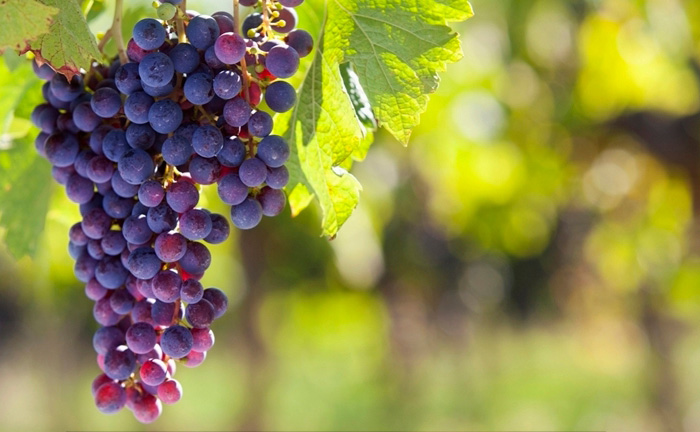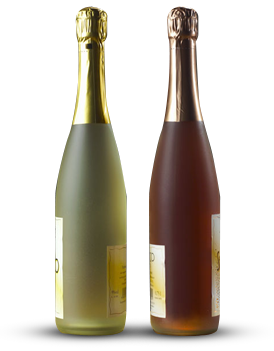

Climate Impact on Malbec Grape Quality
Posted on by RickieMalbec, a red grape variety originally from France but now most famously cultivated in Argentina, is highly sensitive to climatic conditions. The quality of Malbec grapes—and consequently the wine they produce—depends significantly on temperature, rainfall, sunlight, and altitude. As climate change alters growing conditions worldwide, understanding its effects on Malbec is crucial for viticulturists and winemakers.
Temperature and Ripening
Malbec thrives in warm, dry climates with a long growing season. Optimal temperatures during the ripening phase (between 15°C and 25°C) ensure balanced sugar accumulation, acidity, and phenolic development. However, excessive heat can accelerate ripening, leading to overly high sugar levels and low acidity, resulting in flabby, unbalanced wines. Conversely, cooler temperatures may delay ripening, producing grapes with harsh tannins and insufficient sugar.
Rainfall and Water Stress
Malbec vines require moderate water availability, particularly during budburst and veraison. Excessive rainfall increases disease pressure (such as mildew and rot), while drought conditions can stunt berry growth and concentrate flavors too intensely. In Argentina’s Mendoza region, controlled irrigation from the Andes mitigates water stress, but shifting precipitation patterns due to climate change may challenge this balance.
Sunlight and UV Exposure
High-altitude vineyards, such as those in the Uco Valley (900–1,500 meters above sea level), benefit from intense sunlight and UV radiation. This exposure enhances anthocyanin and tannin production, contributing to Malbec’s deep color and robust structure. However, rising temperatures may force growers to seek even higher elevations to maintain optimal conditions.
Climate Change Adaptation Strategies
To preserve Malbec quality, winemakers are adopting adaptive measures:
- Elevation shifts: Planting vineyards at higher altitudes to counter rising temperatures.
- Canopy management: Adjusting leaf coverage to regulate sun exposure.
- Water efficiency: Implementing drip irrigation and soil moisture monitoring.
- Harvest timing: Picking earlier to retain acidity in warmer years.
Conclusion
Climate variability poses both risks and opportunities for Malbec viticulture. While warmer conditions may benefit some regions, others must innovate to sustain grape quality. By leveraging adaptive strategies, the wine industry can continue producing exceptional Malbec despite environmental challenges.
Tags: Climate, Grape, Impact, Malbec, quality
Copyright © 2025 Top Red Wine All rights reserved. .
